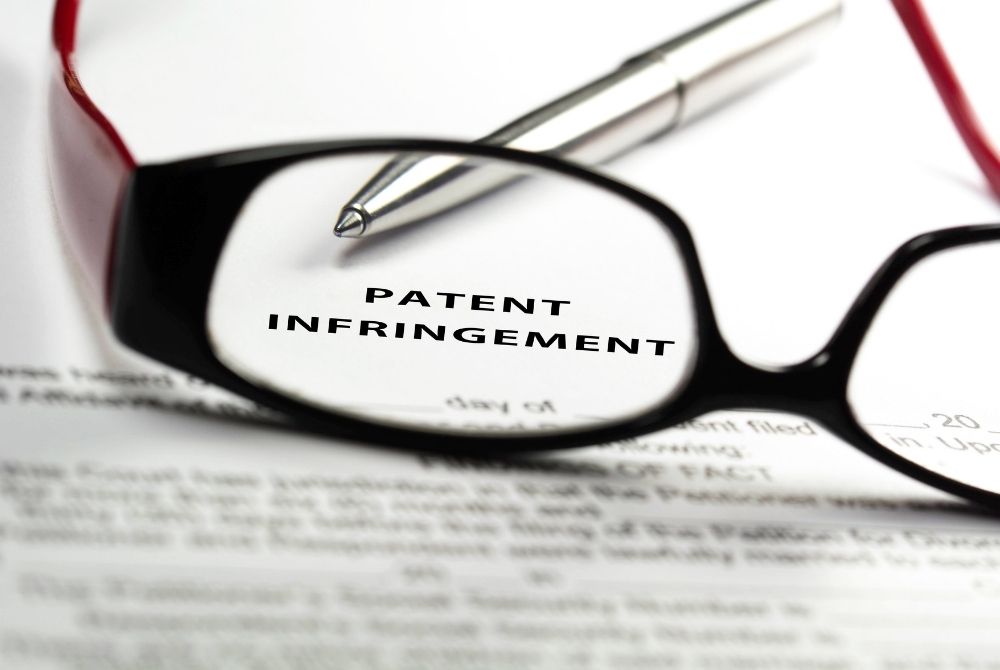

Welcome to part two of our two-part series on design patents. In the first part, we covered what a design patent is, what they protect, the increase in design patents over the past several decades, and a few specifics regarding how they work. Below, we are going to focus on design patent infringement, including how the standard has evolved over time and how the courts generally construct design patent claims.
Design patent infringement within the United States is governed by 35 USC § 271 (2010). Section 271 defines infringement as making, using, offering to sell, selling, or importing a patented invention without authority. This statute also extends the definition of infringement to individuals actively inducing infringement, as well as selling, offering to sell, or importing a material part of an invention protected by a design patent.
Further, design patent infringement actions are also governed by 35 USC § 289 (1952). Under Section 289, a patent holder may recover total profits earned by the infringing party in certain situations. Section 289 only pertains to design patent infringement actions and is not applicable to infringement actions pertaining to utility patents.
What are the standards of design patent infringement?
The standards are strongly influenced by several precedential court cases. However, the landscape of the relevant case law continues to evolve as the number of design patents and design patent infringement actions continue to increase. Nevertheless, highlighting a few precedential rulings is helpful in distilling the essence of the standards which are used to determine whether infringement has occurred.
In 1871, the “ordinary observer” test for design patent infringement was established by the Supreme Court’s decision in Gorham Co. v. White 81 U.S. 511 (1871). Essentially, this ruling established that if the average consumer were to accidentally mistake one brand for another because of similar designs, that was enough to constitute infringement.
Then, in 1984, Litton Systems, Inc. v. Whirlpool Corp. 728 F.2d 1423 (1984) was decided by the Federal Circuit, which refined the design patent infringement test as a two-pronged test. The first prong was the “ordinary observer” test. The second prong required examination of the “point of novelty” that distinguished the patented item from prior art.
The “point of novelty” test required that the similarity of designs must be attributed to the new or novel elements of the patented object. This two-pronged test was in effect for 24 years, until the Federal Circuit, in 2008, modified this test in Egyptian Goddess v. Swisa, Inc. 543 F.3d 665 (2008).
The Egyptian Goddess case marked a return to the single “ordinary observer test” to determine whether a design patent has been infringed. It noted that infringement will not be found unless the infringing item “embodies the patented design or a colorable imitation thereof.” As a result of Egyptian Goddess , the test for design patent infringement currently depends on how well the “ordinary observer” can distinguish the infringing product from the patented design. While prior art can be used to influence the analysis, it is not fundamental to determining whether design patent infringement occurred.
The ordinary observer standard is currently the sole test used to determine if design patent infringement has occurred. Courts place special consideration on determining who the ordinary observer for a particular product is.
This is akin to the consideration required when determining who the typical consumer is in a trademark infringement case. It is important to note that making such a determination is a fact-specific endeavor involving a variety of factors and should be performed by an experienced patent attorney.
There are limitations to what features should be considered when applying the ordinary observer standard. Similar to utility patents, a design patent only protects the ornamental features, which are claimed in the patent claims.
Elements not specifically claimed, often referred to as “disclaimed elements,” are not to be included in the analysis. Additionally, when determining the scope of a claim, courts will often consider whether there are functional elements of the claimed design, the prosecution history of the enforced design patent, the preamble of the claims, and any applicable prior art.
If you believe that your design patent has been infringed upon, Marks Gray has the experience and knowledge you need to protect yourself and your property.